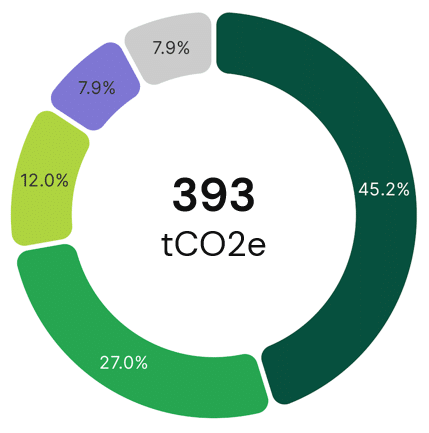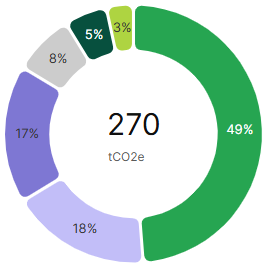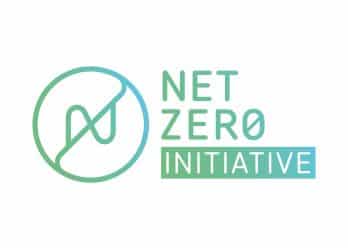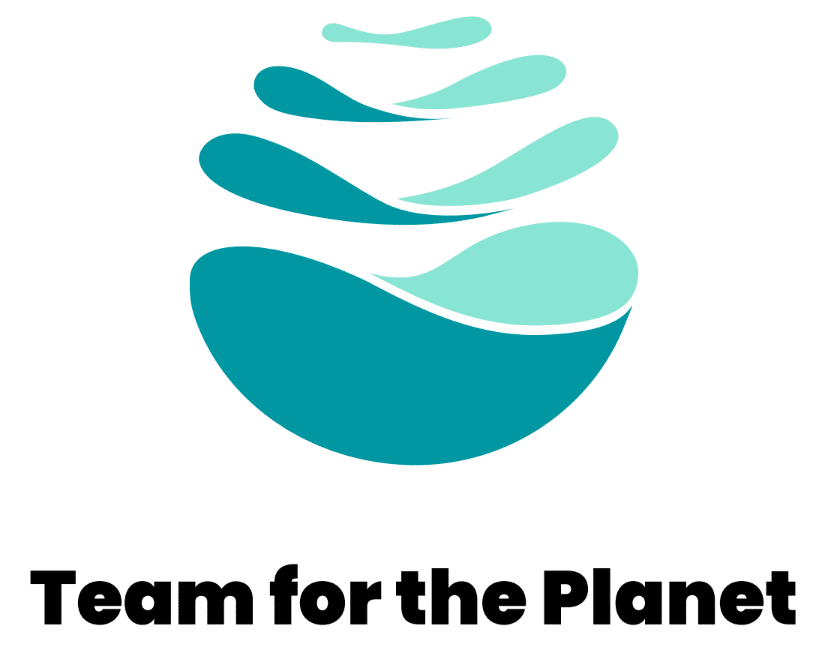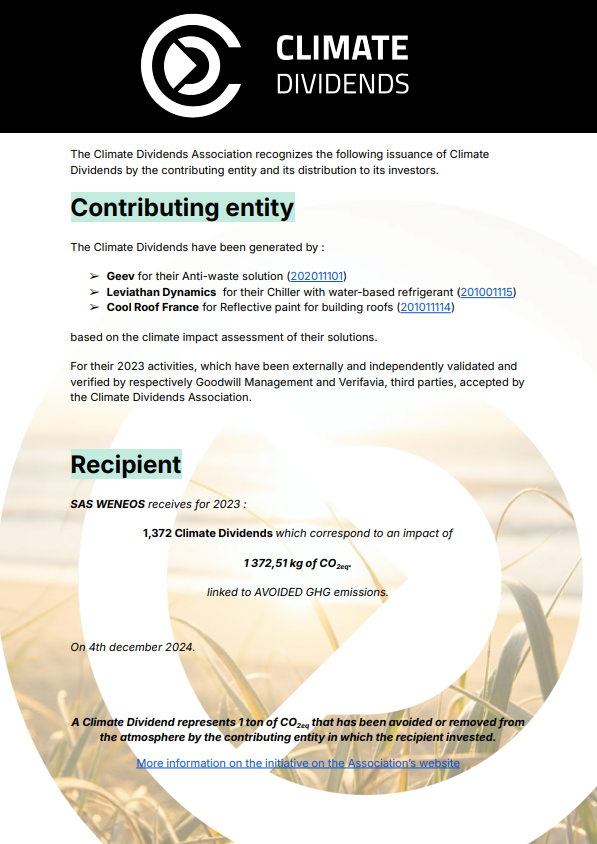Our contribution to
Global Carbon Neutrality

Our Net-Zero 2025 objective
In 2023, we set ourselves the goal of achieving zero net greenhouse gas emissions across our entire value chain by 2025, in line with the principles of the Net-Zero initiative and the Sience-Based Targets (SBTi).
With our Net-Zero 2025 ambition, WENEOS has set itself the target of reducing its absolute greenhouse gas emissions from scopes 1 and 2, as well as its scope 3 emissions by 2025 (compared with the base year).
Our approach to contributing to global carbon neutrality is based on the measurement of our greenhouse gas (GHG) emissions, which are the subject of a multi-year reduction strategy in line with the Paris agreements. This reduction strategy is complemented by awareness-raising, carbon contribution and supplier engagement initiatives.
Measuring and publishing our emissions
Committing to measuring and publishing our carbon footprint helps motivate us to continue our decarbonization efforts, and enables everyone to check our progress.
Coosing a reduction trajectory
Defining a reduction trajectory is essential. This approach is based on recognized decarbonization standards, such as SBTi. Finally, an action plan must be put in place and audited.
Raise awareness of our ecosystem
Controlling Scope 3 emissions is essential to any effective decarbonization strategy. As well as keeping a close eye on emissions from its value chain. Finally, fully involving your teams in reducing your company’s emissions is a key success factor.
Contribute
The contribution of our emissions is necessary to increase carbon sinks and achieve Net Zero on a global scale. We have therefore decided to contribute 100%.
Measurement
Carbon Footprint
A carbon footprint assesses the amount of greenhouse gas (GHG) emissions generated over one year by one or more activities (as distinct from the regulatory GHG footprint known as “BEGES”). In the specific case of a company, it enables the main sources of emissions to be identified, understood and remedied.
The “Bilan Carbone® method” was initially the fruit of collaboration between the French Environment and Energy Management Agency (ADEME) and engineer Jean-Marc Jancovici. Since 2011, however, Bilan Carbone® has been a registered trademark of the Association pour la Transition Bas Carbone (ABC) – formerly Association Bilan Carbone.
Bilan Carbone® scope
According to the GHG Protocol the three emission scopes are as follows:
- Scope 1 | Direct emissions (Cat 1) | GHG emissions generated directly by the organization and its activities.
- Scope 2 | Indirect emissions from energy consumption (Cat 2) | Emissions associated with the organization’s consumption of electricity, heat or steam.
- Scope 3 | Other indirect emissions (Cat 3-6) | All other indirect emissions occurring upstream or downstream of the organization’s value chain.
Accounting method
The amount of CO2 emitted is estimated on the basis of two types of factors:
- Physical ratios correspond to the unit of emission of the product (m2 of a given surface, kg of an emitted gas, etc.).
- Monetary ratios calculate the carbon equivalent of a product or service based on its price (measured in kgCO2e/k€ before tax).
All the information is collected by Greenly, providing an official, certified BilanCarbone® methodology.
Our balance sheets
Émissions totales en 2024 à venir
Our actions and commitments
Approve the 10 principles of NZi
Net Zero Initiative offers a unique framework for private-sector action in support of the only carbon-neutral objective that makes sense: that of the planet and the national territory.
As a partner of NZI, we endorse the proposed charter, to help actively combat greenwashing.
Net zero" is above all a collective objective
To limit the rise in temperatures to +1°5°C above pre-industrial levels, climate science dictates that we must achieve a balance between global CO2 emissions and absorptions by 2050 at the latest. This balance is called planetary carbon neutrality, or " zero net emissions ".
In France, the National Low-Carbon Strategy (SNBC) aims to achieve the same balance between emissions and absorptions in the country by 2050.
To achieve net zero, the two levers that need to be activated on a global and national scale are reducing emissions and increasing carbon sinks.
The three pillars of contribution
Companies must maximize their contribution to reducing emissions and increasing global sinks, by acting on three levers in parallel:
- A : Reduce their direct and indirect footprint along a path compatible with 1.5°C
- B : Helping others to reduce, through the sale of low-carbon products and services, and the financing of avoidance projects outside the value chain.
- C : Removing carbon from the atmosphere through sinks inside and outside their value chain
Notre investissement dans les innovations technologiques durables
Dans le cadre de notre engagement envers le développement durable et la lutte contre le changement climatique, nous sommes fiers d'annoncer notre investissement dans 2000 actions de Team for the Planet (TFTP), une initiative audacieuse qui se positionne à l'avant-garde de l'innovation environnementale.
Team for the Planet est un fonds citoyen non lucratif visant à mobiliser 1 milliard d’euros pour le déploiement de 100 innovations majeures à l’échelle mondiale, dans le but de combattre efficacement le dérèglement climatique. Ce fonds se distingue par son approche unique, orientée vers l'impact environnemental, avec 100 % de ses bénéfices réinvestis dans de nouvelles entreprises innovantes. Le modèle d’open source de TFTP permet de créer un écosystème collaboratif, où les innovations sont librement partagées et améliorées, favorisant ainsi une diffusion rapide et massive des solutions à faible émission de carbone.
L'initiative TFTP cible des domaines clés tels que l'énergie, l'industrie, le transport, l'agriculture, et la construction, avec pour objectif de résoudre 20 problèmes essentiels à la réduction des émissions de gaz à effet de serre. Leur stratégie comprend l'investissement dans des technologies ayant un impact direct et massif sur la réduction des émissions, sans dépendre de changements de comportements individuels.
En rejoignant Team for the Planet, notre entreprise n'investit pas seulement dans une cause noble ; elle participe activement à une révolution industrielle et sociale. Nous contribuons à une initiative qui va au-delà de la simple réduction de l'empreinte carbone, en prenant part à un mouvement global pour un avenir durable. Cet investissement nous permet également de nous aligner avec les objectifs de neutralité carbone à l'échelle mondiale, tout en renforçant notre image de marque et notre engagement envers la responsabilité sociale d'entreprise (RSE).
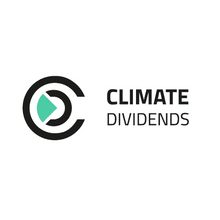
La structure de TFTP assure que chaque actionnaire, y compris notre entreprise, reçoit annuellement des Dividendes Climat, reflétant l’impact positif de l’investissement sur la réduction des émissions de CO2. Ces dividendes, qui ne sont pas des crédits carbone mais une mesure de contribution à la neutralité carbone mettant en avant notre engagement concret et mesurable envers le développement durable.
En conclusion, notre participation dans Team for the Planet marque une étape importante dans notre parcours RSE, nous plaçant en tant qu'acteur proactif dans la lutte contre le dérèglement climatique. Cet investissement reflète notre conviction que les entreprises ont un rôle crucial à jouer dans la transition écologique et offre une opportunité unique de contribuer à un changement positif, tout en valorisant notre engagement auprès de nos collaborateurs, clients et partenaires.
Notre engagement via cet investissement a permis en 2023 de contribuer à la neutralité carbone mondiale à hauteur de : 1 372,51 Kg de CO₂; équivalent évités.
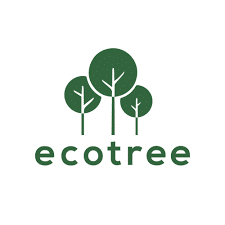
EcoTree is the European leader in Nature-based Solutions, enabling companies to make a commitment to the environment by supporting projects to protect, sustainably manage and restore ecosystems in France and Europe.
Reforestation project
We are delighted to announce a significant step forward in our commitment to the environment: investment in tree planting as part of the EcoTree project in Bagnols, located in the Puy-de-Dôme département near Clermont-Ferrand.
This initiative is part of a wider reforestation project to plant 4,490 trees over a 3.84 hectare area, in response to the damage caused by severe snowfalls which had a severe impact on the local forest stand.
The Bagnols project aims to restore a diverse and resilient forest stand, increasing biodiversity and improving the health of the region's forest ecosystems. Through the planting of species such as larch, laricio pine, Douglas fir and other melliferous species, chosen for their adaptation to the local climate and their contribution to biodiversity, this project positions itself at the forefront of the fight against climate change through carbon sequestration.
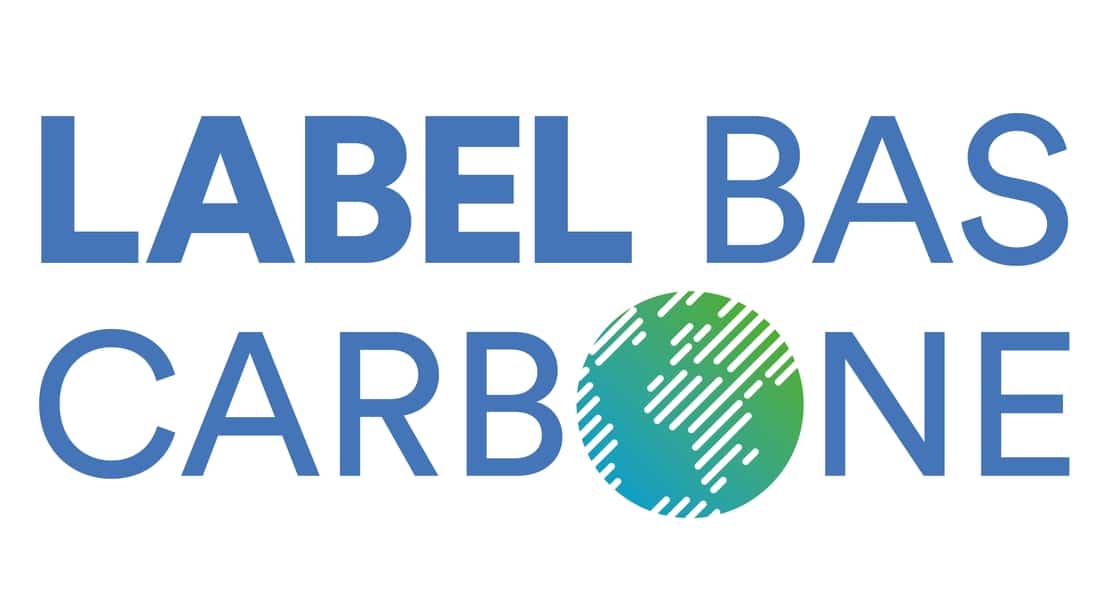
The actions carried out in Bagnols are not limited to planting trees; they also include a preliminary inventory to assess damage and define priority areas for reforestation, as well as monitoring and maintenance measures to ensure that the young plants develop properly. The expected result is a significant increase in biodiversity, an improvement in the health of forest ecosystems, and a notable contribution to the reduction of CO2 emissions, with an anticipated emissions reduction of 667 tCO₂e certified by the Label Bas Carbone.
Our investment in the Bagnols project reflects our ongoing commitment to sustainability and environmental responsibility. By helping to restore degraded forest areas, we are not only contributing to the fight against climate change, but also addressing crucial societal challenges such as reducing the risk of natural disasters and preserving biodiversity. This project is in line with our vision of a greener, more sustainable future, promoting environmentally-friendly socio-economic development in the Massif Central region.
In addition, this project offers numerous co-benefits:
- Socio-economic (50%)
- Soil conservation (62.5%)
- Biodiversity (12.5%)
- Water conservation (14.3%)


